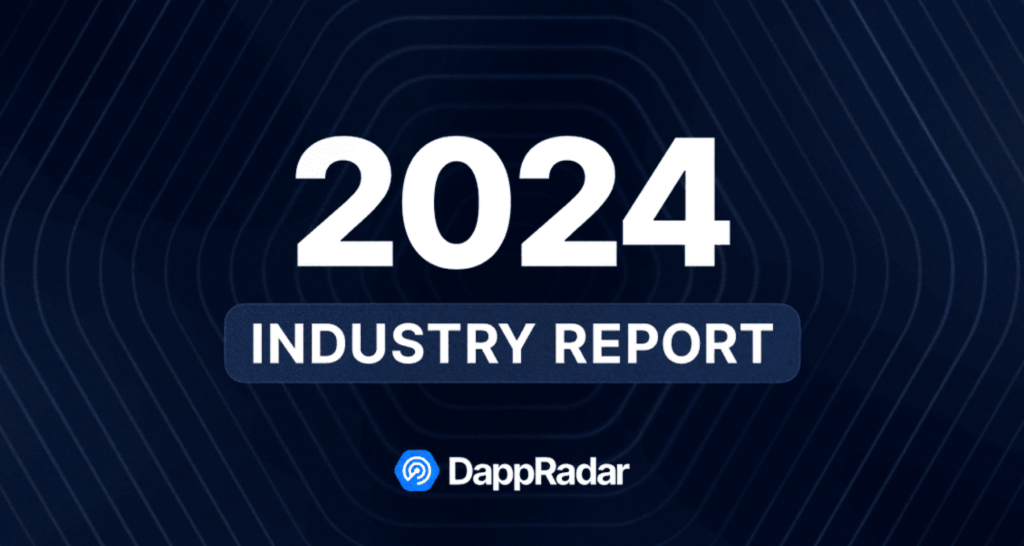Understanding Steem (STEEM): An In-Depth Look at the Project

Steem (STEEM) serves as the native token of the Steemit platform – a decentralized social media network built on the Steem blockchain. Designed to incentivize engagement, it rewards users for creating, interacting with, and commenting on unique, captivating content.
On this page
Project Mission
Steemit provides a novel approach to social networking, fostering an evolving social economy that stimulates user engagement. Distinct from mainstream platforms like Facebook, Twitter, or Instagram, Steemit offers rewards not just for content creation, but also for its curation — this includes upvoting posts you enjoy or engaging in the comments section. This innovation has been coined by the Steemit creators as the ‘attention economy'.
Steemit: A Decentralized Social Platform Source: https://steemit.com/
Born out of a collaboration between Ned Scott (CEO) and software engineer Daniel Larimer (CTO), Steemit entered the social media scene in 2016. The primary objective of the founders was to tackle the issue of creating valuable content on social media platforms. They envisioned an ideal solution — a cryptocurrency-oriented community where users can earn rewards for their posts.
In March 2016, the Steem blockchain came into existence, and by April, alpha testing of Steemit was underway with a group of 150 users. The social network officially launched on July 4th.
The Features of Steem's Blockchain
Steem is a free, swift, and scalable blockchain constructed specifically for social applications. With over a million users engaging across more than 300 apps, Steem has an impressive track record of processing more transactions than Bitcoin and Ethereum.
Steem's Transaction Volume Surpasses Leading Blockchains Source: https://steem.com
But Steem's blockchain doesn't just archive the content published by users, it also guarantees immediate rewards for content sharing. Steem appeals to a variety of users:
- Developers and Entrepreneurs: Thanks to its open-source basis, Steem can be used as a platform to create an array of social apps and to foster the growth of the DAO, enticing participants with the promise of straightforward content monetization.
- Token Holders: Steem's native tokens can be earned as rewards and are also available for purchase and exchange.
- Social Media Users: While many social platforms aim to provide a stable, high return for shareholders, Steem turns this on its head by rewarding the true value generators of any social network – the content creators
Among the most popular apps powered by Steem are the blogging platform Steemit, mobile app eSteem, decentralized video platform DTube, funding platform for open-source projects Utopian, and digital trading card game Steem Monsters.
How Steemit Works
The interaction with the platform is entirely cost-free for users. Each user stands a chance to earn rewards by performing the following actions:
- Publishing unique content
- Voting for posts
- Participating through comments
Steem is a game system where users compete for attention and rewards by bringing content and adding value to the platform. The rewards people earn are tokens that have market value and are readily tradable. It is similar to how someone playing a video game could obtain a limited item or currency by playing the game,
as stated on the project's website.
The creators propose viewing the project as a reward system that operates using Steem tokens (STEEM), which users earn for their activity and accomplishments on the platform. These tokens can be sold, purchased, or stored for accessing additional services linked with the social network in the future.
Key Facts About the Steem (STEEM) Token
Purpose
Steem (STEEM) is the native token of the decentralized social media platform Steemit, intended to incentivize its users. It can be acquired in the following ways:
- Content Posting: Posted materials become available for other users who can either vote or comment on them. The more votes content garners, the higher the reward accredited to its creator.
- Content Curation: Participants who vote and comment on posts can also earn Steem (STEEM) tokens. Rewards are typically accrued when a curator votes for a prospective post before it hits the top.
- Purchasing: The token can be bought on the platform and cryptocurrency exchanges such as Binance, Huobi, Bittrex, and others.
- Vesting: Transferring Steem (STEEM) to Steem Power also guarantees holders bonus tokens for holding.
Steem Power illustrates a user's influence on the Steem network. Participants with a large quantity of SP can enhance the value of their publications and comments. Note that the liquidity of Steem Power is lower than that of Steem (STEEM). Users are given the option to opt-out of SP and receive STEEM instead.
Besides Steem (STEEM) and Steem Power, the network's currency also includes Steem Dollars (SBD). These are tokens with a stable value, guaranteed to be pegged to the US dollar. They can be converted into STEEM, exchanged for STEEM, withdrawn to cryptocurrency exchanges to trade for other digital assets, or used to pay for goods on platforms that accept SBD.
Issuance and Distribution
Every day, the Steem blockchain mints new Steem (STEEM) tokens and directs them to a reward pool for subsequent distribution to users.
Following the 16th hard fork in December 2016, the set annual inflation rate was 9.5%. This decreases at a rate of approximately 0.5% per year (0.01% for every 250,000 blocks). The planned decrease in inflation will continue until it reaches 0.95%, which is projected to occur in about 20.5 years from the 16th hard fork.
Steem (STEEM) tokens are distributed as follows:
- 65% — reward fund for content creators and curators
- 15% — holders of Steem Power
- 10% — Steem proposal system
- 10% — witnesses who are rewarded for maintaining the blockchain
Current Market Situation
As per coingecko.com, Steem (STEEM) ranks 296th in the ranking of digital currencies press time. The coin trades at $0.191599. Its market capitalization is $83,144,785, with a daily trading volume of $3,731,371.
The content on The Coinomist is for informational purposes only and should not be interpreted as financial advice. While we strive to provide accurate and up-to-date information, we do not guarantee the accuracy, completeness, or reliability of any content. Neither we accept liability for any errors or omissions in the information provided or for any financial losses incurred as a result of relying on this information. Actions based on this content are at your own risk. Always do your own research and consult a professional. See our Terms, Privacy Policy, and Disclaimers for more details.




























